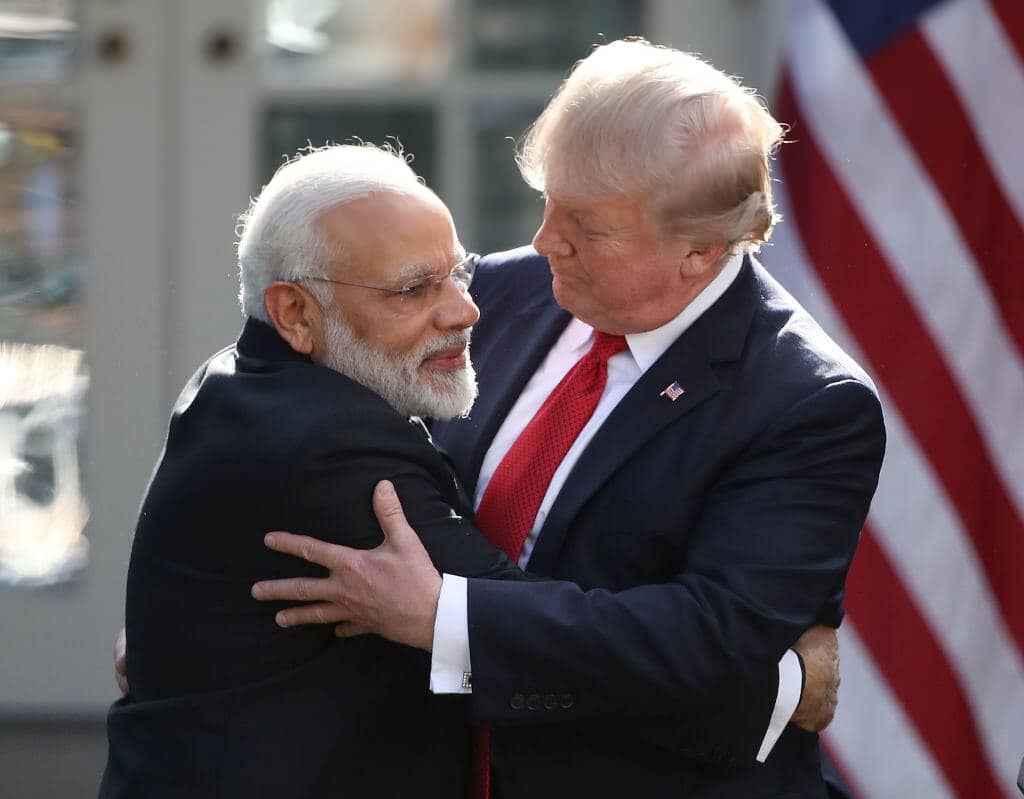I think I speak for many when I say that the mention of ‘art’ conjures up images of a person sitting at an easel, vividly translating their thoughts in the form of brush strokes onto the canvas. But even as we subconsciously cling to such traditional visuals, art is undergoing a massive transformation with Artificial Intelligence (AI) and Machine Learning emerging as newer tools for artists to experiment with, pushing not just creative boundaries, but perhaps disrupting the very way art is created. From rudimentary to advanced, AI is increasingly being included in digital art packages. The goal is the same – to aid the artist by boosting efficiency, adding finesse, and reducing repetitive manual tasks.
There is a school of thought, primarily but not limited to the postmodernists, that vehemently protests the incorporation of technology in art, saying that this implies the death of art. However, considering the fluid, ever-evolving nature of art, is it fair to expect that the medium or process of creating art remains constant? The invention of the camera and its proliferation in the 19th Century saw opposition from an unexpected (at least to us, today) quarter: portrait makers. These artists feared loss of livelihood, and indeed it may have likely transpired, but can we imagine a world without cameras today? Or calculators, the mind-numbing, mental-math-killing doomsday devices? The history of human endeavor is rife with our pursuit of efficiency. Art, at least the illustrative kind, does have a barrier to entry. AI-created art has the potential to reduce this barrier and make illustrative art more accessible. It will likely increase the number of art enthusiasts and connoisseurs. Now that certainly can’t be bad!
What about artists, one would ask? Is art generated by neural programs even art? Isn’t the human and the artist central to the art? Let’s see. Ironically, the human brain is effectively a large neural program: AI algorithms try to mimic this complexity of the human brain. Art has always been created by a neural program! And if the artist is so central to the art, does that not mean that artists will continue to remain core to art lovers? Won’t there be an elevation in the status of an artist?
Mechanization was the Industrial Age’s Bogeyman. Digitalization and automation are the devils of today. Currently, it is impossible to think of a world devoid of mass manufacturing or online banking. Did the former eliminate workers? Did the latter eliminate bank employees? No. These models brought efficiency and new roles; we now have quality-control specialists, robot engineers, and digital marketing folks who try to sell us cards and loans we do not need.
A similar paradigm will come to art. It perhaps might alter how people interpret art at large, but the integration of modern technology will make art accessible, custom, and unique to the user. Artists too will need to achieve the feat of working with algorithms and nail the art of collaborating with AI to produce work that was perhaps hitherto unimaginable. It will lead to more people generating art, with some standing out as true luminaries. New vocations will emerge, which will bring new degrees and what not! Will there be instances of artists struggling? Yes. But such is creative destruction.
At the same time, questions remain about the future of art, and whether we can shape our collective futures using AI. While AI promises to be one of the biggest disruptions in the creative space, machine-generated images actually belong to others. So, in the case of AI art, whose intellectual property (IP) is it, rightfully? Do the original creators of the images from which the new AI-generated image evolves have IP rights to the new image?
Multidisciplinary artist Raghava KK entered into a critical dialogue with AI, and explained how he explored the process. He started with curating a set of quite graphic, sexual images, asking these to be created into a bouquet. AI turned this information into something that surprised the artist with how flat, bland, and boring it was, leading him to intervene to make it exciting again and turn it into art that carried his unique vision. The learning here was that AI can blur the boundaries of reality, time, and space, and make it slick and homogenized; but the interaction with humanity is what gives it the edge, and that’s where the art and disruption truly happen.
Ultimately, the impact of AI on the art world will depend on how it is used and the cultural and social context in which it is received.
Here’s something interesting: exactly one sentence of this write-up is sourced from ChatGPT. Can you guess which one? I rest my case.



